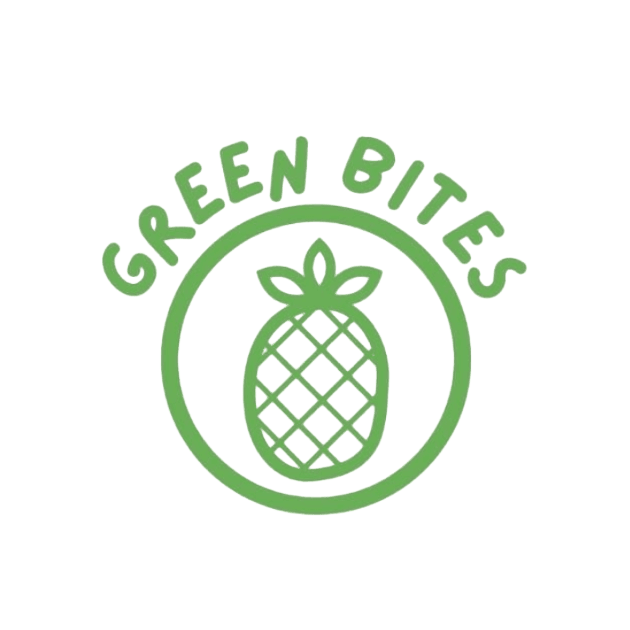Eat the Rainbow...Really!

21 July 2025
Perhaps you’ve heard that RFK Jr. has a big push on removing artificial food dyes from our food system. The FDA has announced plans to phase out all petroleum-based dyes by 2027 (don’t worry, the fossil fuel industry will find plenty of other uses for that oil). When they announced a ban on red dye No. 3 last January, consumer groups, including the consumer watchdog Center for Science in the Public Interest, rejoiced. After all, the bright colors are typically found in children’s foods (for visual appeal) and, even though a cancer link was only found in rats consuming it in much higher doses, small, developing human bodies could be more seriously impacted by any ingestion.
There’s a lot of chatter on social media about the “fact” that food dyes used here in the US are banned in Europe, but the truth is more nuanced.
As far as the EU goes, any food containing Tartrazine (Yellow 5), Allura Red AC (Red 40), Ponceau 4R (Red 4) or Sunset Yellow FCF (Yellow 6) is required to have a warning on it, due the link between regular consumption and hyperactivity in children. It’s not quite a ban, although some member countries have gone the extra step to restrict their use.
One exception is titanium dioxide, an additive used here to make foods “more visually appealing” (do we need to make food more white?). The European Union banned this additive in 2022. To me, there’s nothing more visually appealing than a big pile of fresh fruits and vegetables - no food coloring (natural nor artificial) required. But I’m an eat-the-rainbow sort of gal.
Sadly, we seem to be a society where the natural colors of foods just don’t suffice. So food manufacturers are busy finding alternatives. The trouble is: even natural dyes aren’t really “natural” when used in a way nature never intended. It’s a bit like sugar. Fruit contains sugar packaged up with fiber and other nutrients in a delicious slow-release form. But once extracted (from beets or cane) and concentrated in ultra processed foods, sugar can have unintended consequences on our health!
Do we need these new dyes? Dyes recently approved in the US, include galdieria extract blue (an algae, so maybe healthy?), calcium phosphate (a white color, but also a substance responsible for 15% of kidney stones), and gardenia blue (a dye made from the fruit mixed with soy, a common allergen).
Common substances already being used to for food coloring include beet juice, paprika, saffron, curcumin, matcha, and caramel.
Food dyes are used in a huge diversity of foods and drinks - breakfast cereal, candy, chewing gum, drink mixers, fruit drinks, gelatin desserts, ice cream, multigrain chips, potato chips, pudding, ready-to-eat chicken products, smoothies, snack mixes, tortilla chips, water ices whipped toppings, yogurt…you get the idea.
None of these is a health food. I’m not saying you shouldn’t eat them (once-in-a-while foods), but certainly, I wouldn’t recommend they make up the bulk of your diet.
Food dyes are not really our problem.
We don’t need healthier junk food.
I fear this so-called “improvement” could potentially move the needle in the wrong direction (“hey, Trix is healthy now,” rather than “marshmallows don’t seem like the ideal breakfast food”).
We need REAL FOOD, made accessible to everyone.
Contact Green Bites
Let's Talk
I'll get back to you soon to discuss your needs.
